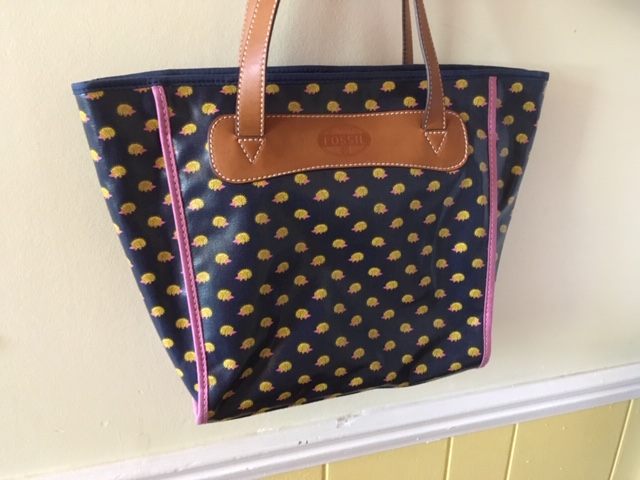April: Poetry, Earth Day, and April Pulley Sayre
April Pulley Sayre, a gift to the children’s literature community, passed away recently. In honor of her and her incredible legacy of picture books, I’m sharing a previous post. Look at all the ways you can use her books to teach in the most engaging ways!
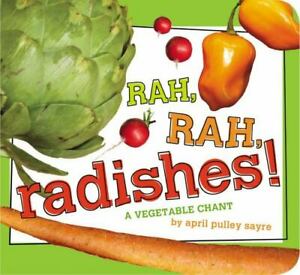
I had the pleasure of speaking at an early education conference where our theme was literacy and science. I brought stacks of books that tie into STEM (Science, Technology, Engineering, Mathematics) or STEAM (add Art) to share. Rather than just lecture all day, I led a session of “speed-dating” books: we’d spend a few minutes skimming a book and brainstorming ways to use it with students, share our ideas with the group, and pass the book along. This way, we had time to get our hands on over a dozen books and walk away with practical classroom applications. I was so inspired by the fantastic ideas the teachers generated! Here are a few ideas we came up with after reading Rah,Rah, Radishes! A Vegetable Chant by April Pulley Sayre:
Bring in vegetables found in the book. Sort the vegetables by color and by size.
Classify and sort vegetables by the parts we eat: root vegetables, leaves, etc. Read Tops and Bottoms by Janet Stevens as a tie-in text and talk about which vegetables would be “tops” or “bottoms” according to Hare.
Predict which vegetables will sink or float. Test predictions in a tub of water. Wash the vegetables and talk about textures.
Use the vegetables to make prints.
Compare and contrast with fruits.
Weigh and measure the vegetables. Use a vegetable as a measuring tool.
Take photos of vegetables and label them. Reread the book and have students hold up the corresponding photos.
Make a chart or a Venn diagram with the terms “raw” and “cooked”. Try some vegetables both ways and chart our preferences.
See what other vegetables besides potatoes can be delicious mashed (great for little ones to do the mashing!)
Bring in potatoes with “eyes” sprouting and bring in vegetable seeds. Compare seeds and sprouts, then plant!
Make an edible collage with vegetables.
Practice patterning skills like ABAB, etc. with bite-size veggies and eat when done.
Plan a field trip to a farmer’s market or invite a farmer to come to the classroom for more vegetable experiences.
If you’re interested in the list of science books I shared, please email me at kristenremenar AT gmail DOT com. If you like Rah, Rah, Radishes! A Vegetable Chant, be sure to check out Go, Go, Grapes! A Fruit Chant and Let’s Go Nuts! Seeds We Eat also by April Pulley Sayre. Hooray for early science!
Read MoreLoving Kindness For Us All
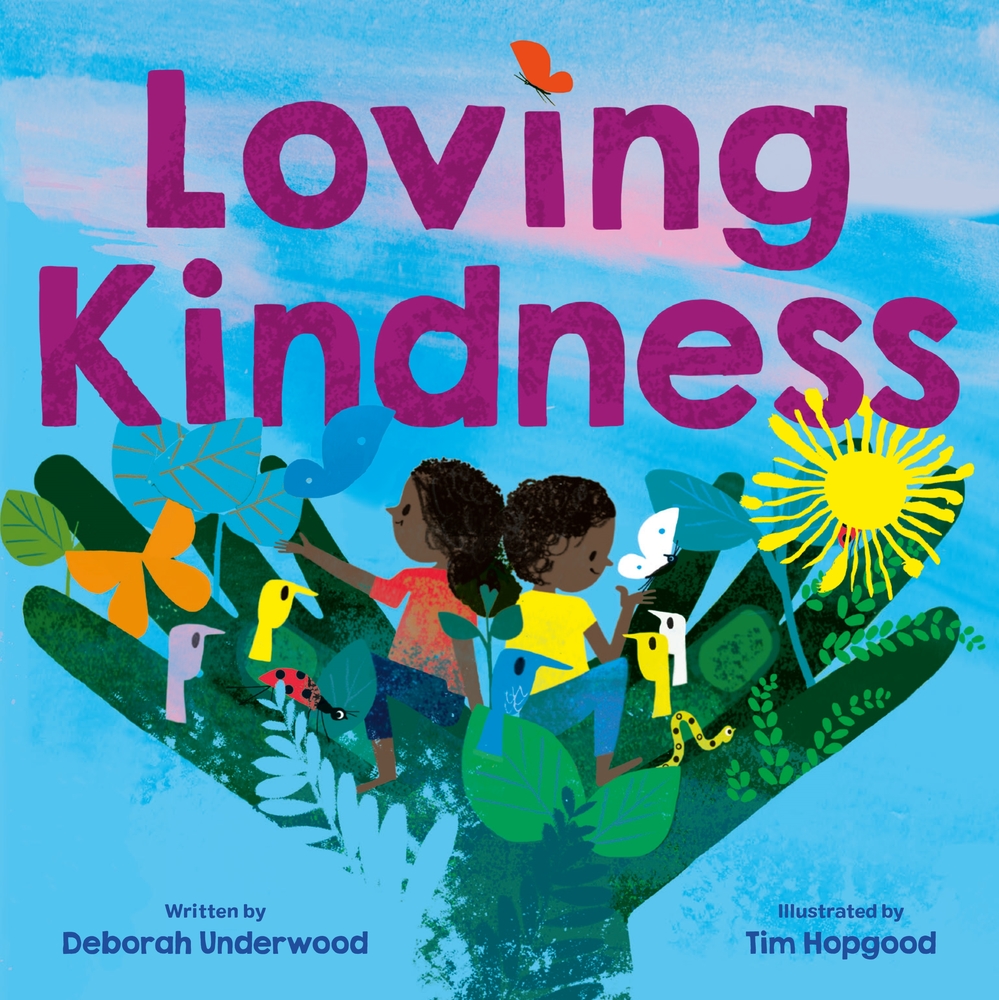
Loving Kindness written by Deborah Underwood and illustrated by Tim Hopgood is the perfect book for December. No matter what the faith of your students, this book shares a message we all need to hear.
“You are beautiful just as you are. You are loved, and you love.” We see a sweet baby who grows and is connected to the big sister, who is loved and who loves. We see the animals who are connected to these humans, also loved. We see that everyone feels the sun’s warmth and admires the moon, everyone is loved and loves.
There’s also the message that we all make mistakes, and it’s okay because that’s how we learn. Take inspiration from Tim Hopgood’s beautiful art that includes speckles of paint. Using brushes and sponges, students can paint themselves doing something they learned that was once hard to do. Unintended droplets add to the beauty of their work.
I wish you all a happy 2022 filled with Loving Kindness.
Read MoreTry Food as a Way Into Reading
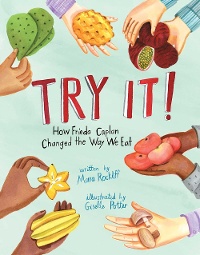
Learning is best done through experience, and food is definitely a way into learning for many of us. To tie reading in with some cool hands-on (and mouths-on) experiences, grab this biography, Try It! How Frieda Caplan Changed the Way We Eat written by Mara Rockliff and illustrated by Giselle Potter.
Apples, bananas, tomatoes, potatoes, these were almost the only things that Frieda Caplan saw when she went to her produce market. But Frieda wanted to try something different.
She brought mushrooms to sell. Everyone thought they were weird.
Until they tried them. Suddenly everyone wanted mushrooms. People even dubbed her the “Mushroom Queen”.
But she wanted more than just mushrooms.
She tried kiwi, jicama, sugar snap peas, cherimoya, champagne grapes. Red bananas, baby corn, star fruit! All kinds of new foods! She brought them all to her produce market.
And people tried them. And liked them!
A master teacher, Ed Spicer, taught his first graders that learning is all about trying. He encouraged his students to celebrate trying something new, even if they weren’t successful at first, even if they didn’t like it – that in itself is learning. You can create really memorable learning experiences by reading Try It! How Frieda Caplan Changed the Way We Eat and talking about new food.
Read this book with your kids/students/campers and talk about foods that seemed weird before you tried them. Are there foods they didn’t like before but now they do? You can make charts together of interesting foods and kids can put their names in the columns of “Yes, I like it” or “No, I don’t like it” or “I don’t know – I haven’t tried it yet”. If you have food magazines, kids can cut out foods they like and foods they want to try. Model for them, if kids start saying something is gross, that you used to think a certain food was gross but that part of growing up is that your tastes develop. Tell them about foods you used to think were weird that you now enjoy.
If you’re working with your own children or with children you know don’t have any fruit/vegetable allergies, you can bring in something like star fruit to try. I have researched allergies and it turns out for almost every food, someone is allergic to it. (Check out verywellhealthy.com – I never knew some kids aren’t bluffing about being allergic to broccoli!) To play it safe with a large group of kids, pick a cooked fruit, like applesauce. (Still, avoid anything with strawberries.) Do you think green applesauce is weird? What about pear sauce? Weird food is only weird until you try it!
Read MoreHow-To Poems and My Love of Hedgehogs
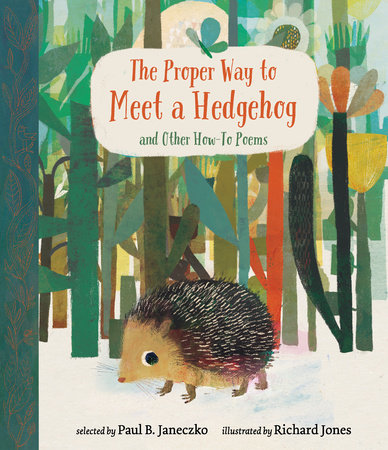
How-to poems are an easy introduction to poetry, to nonfiction, and to writing what you know. This book of poems selected by Paul B. Janeczko and illustrated by Richard Jones has such a wide range of topics that all your students will find at least one poem that they love. My favorites are “Toasting Marshmallows” by Marilyn Singer and “How to Scare Monsters” by Rebecca Kai Dotlich.
This book was given to me by fellow librarian Linda Pannuto because my storytimes always began and ended with Barb the Hedgehog. (She can curl up into a ball when she is shy.) And look at what Barb and I now have! Honey Hedgehog Cookies from Trader Joe’s AND a hedgehog purse! I’m all prickly with excitement!
Share “The Proper Way to Meet a Hedgehog and Other How-To Poems” and have students write an informational poem about what they know how to do. Share Honey Hedgehog Cookies while they write and get your own Folkmanis hedgehog puppet to share. Hands off the purse, though. That beauty is mine.
(Shout out to Lisa Wheeler and Janie Bynum for their book, “Porcupining: A Prickly Love Story” from which I stole Barb’s name. You two are sharp.)

